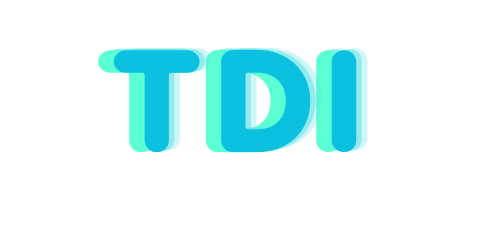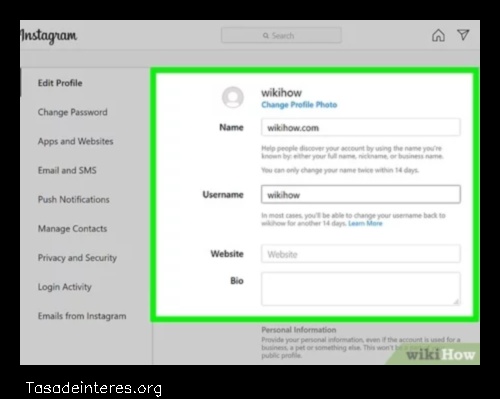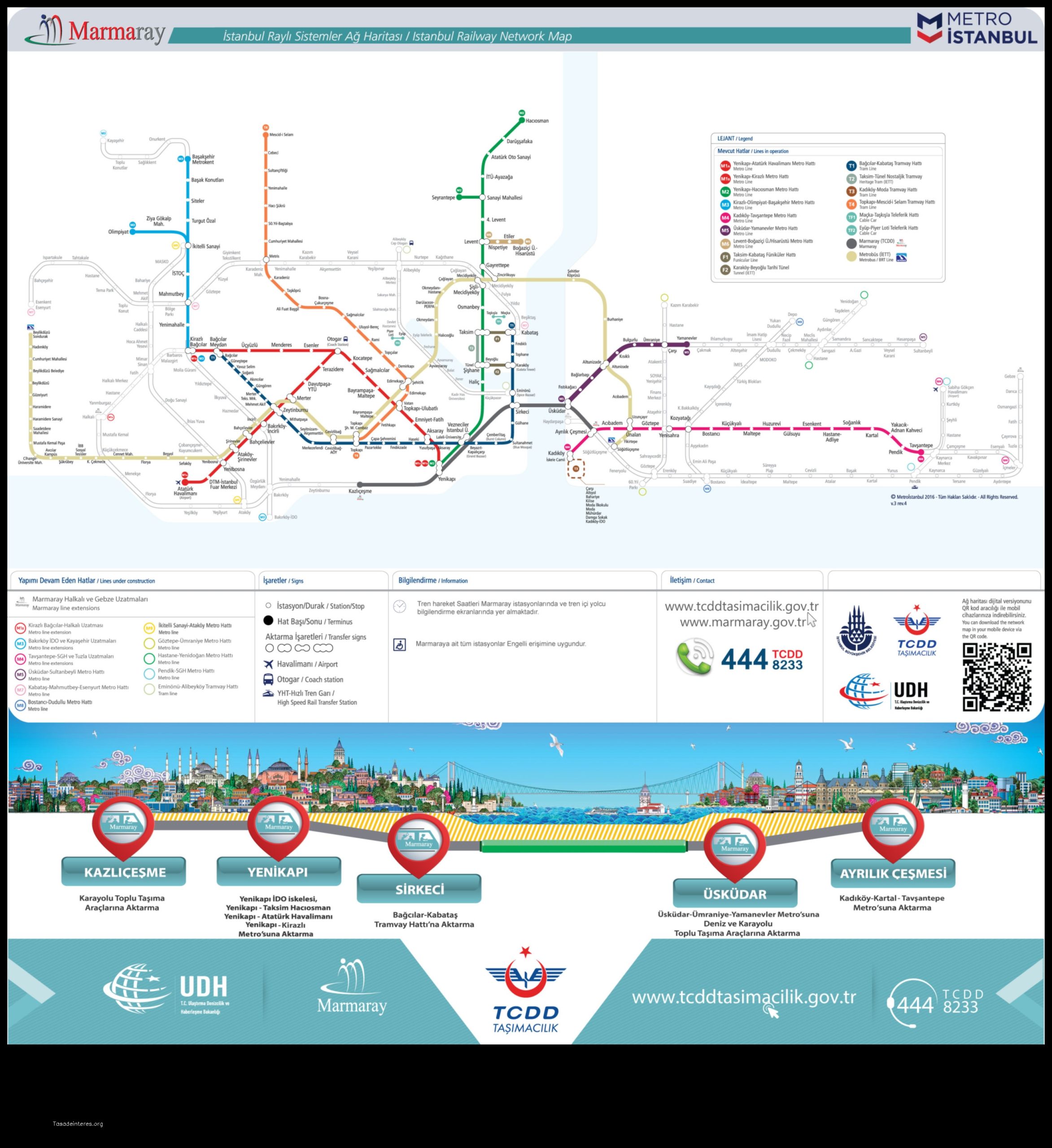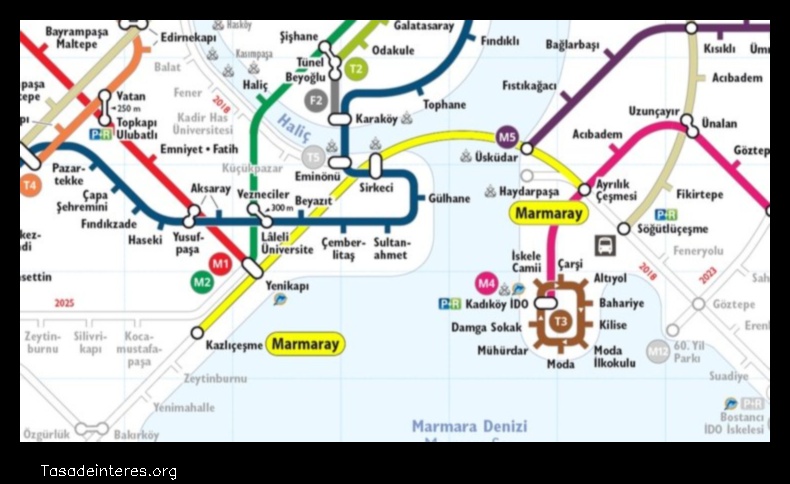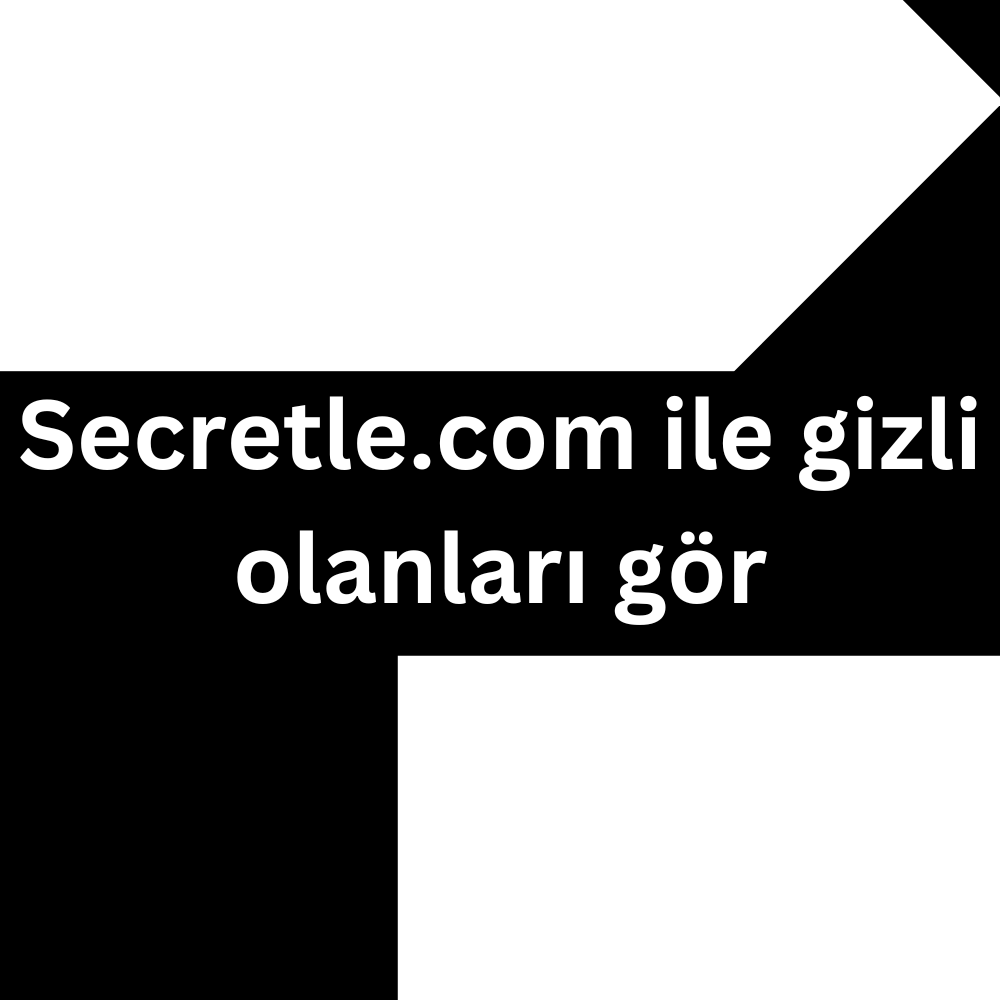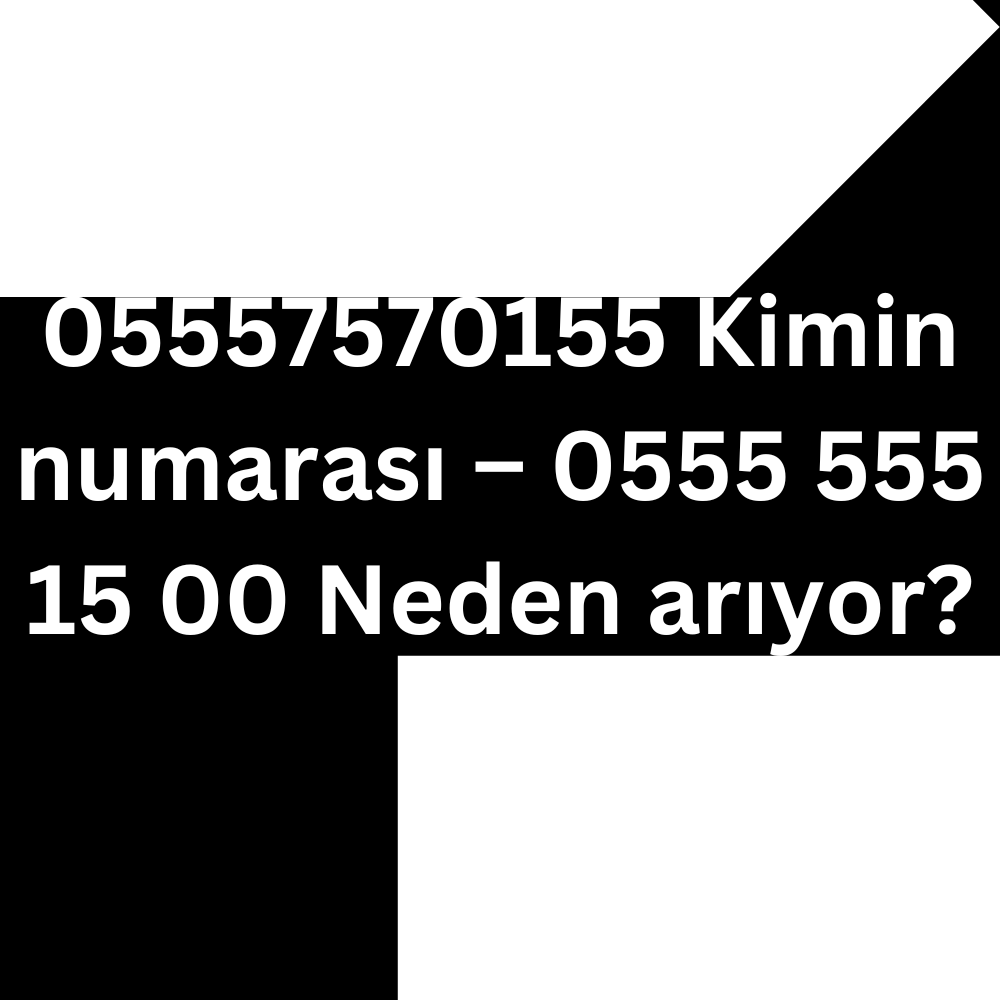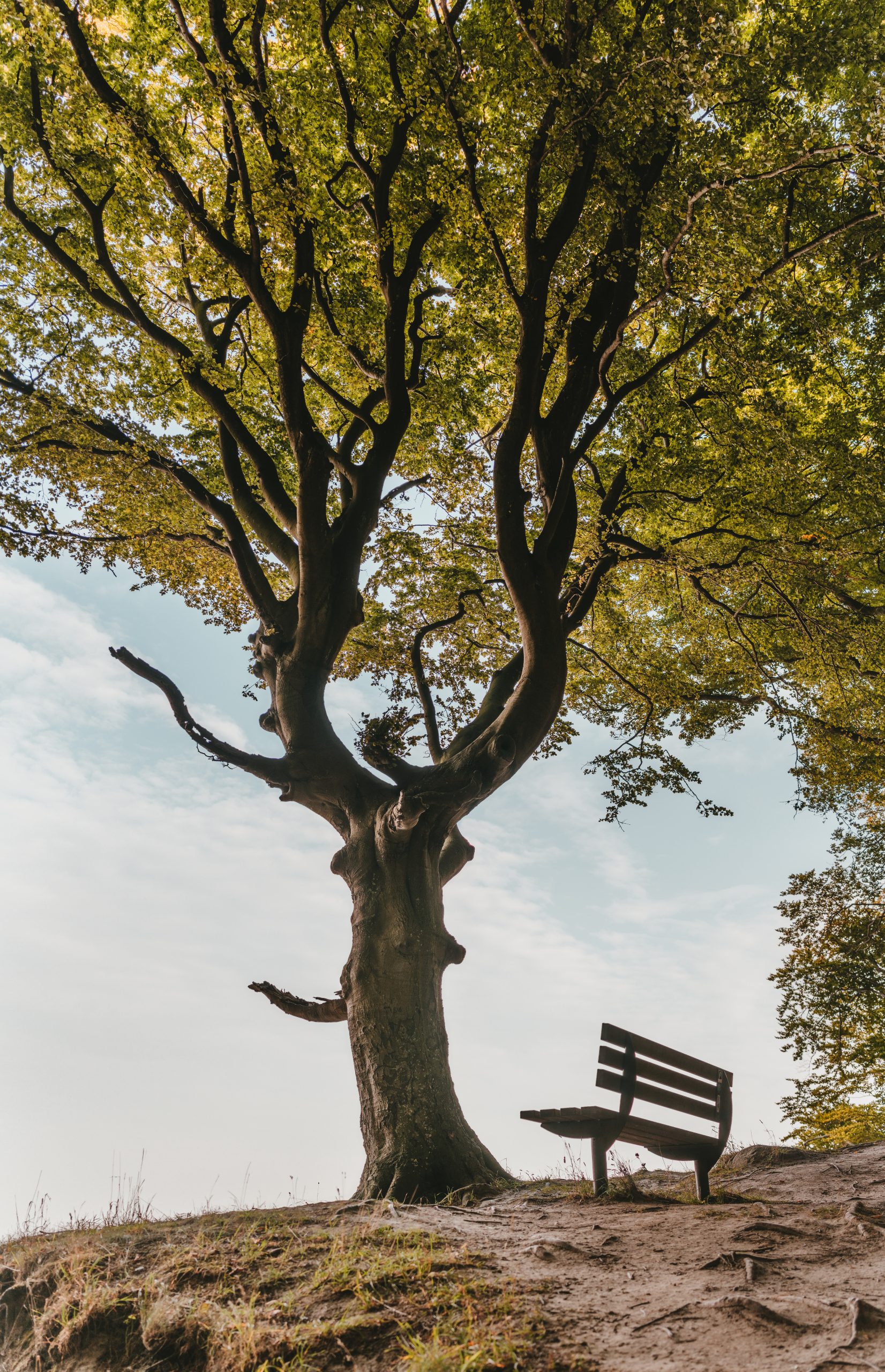Tarot Card Deck: Understanding the Basics
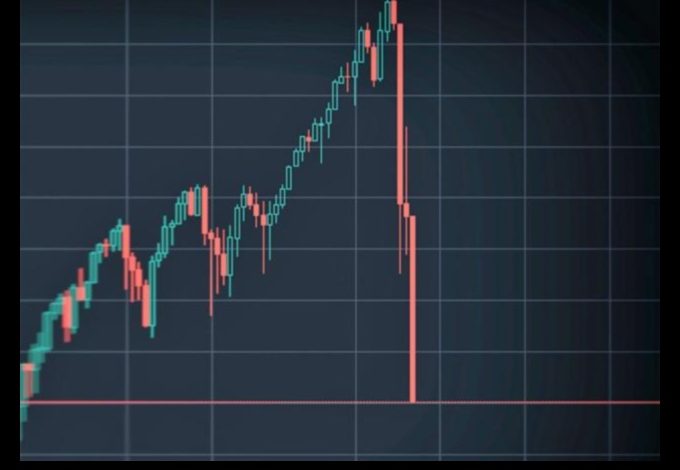
Tarot Card Deck: Understanding the Basics
Tarot card decks have been used for centuries as a tool for divination, self-reflection, and spiritual guidance. The origins of tarot cards are shrouded in mystery, but it is believed that they were first used in Italy during the 15th century. Today, tarot cards are used all over the world by people from all walks of life.
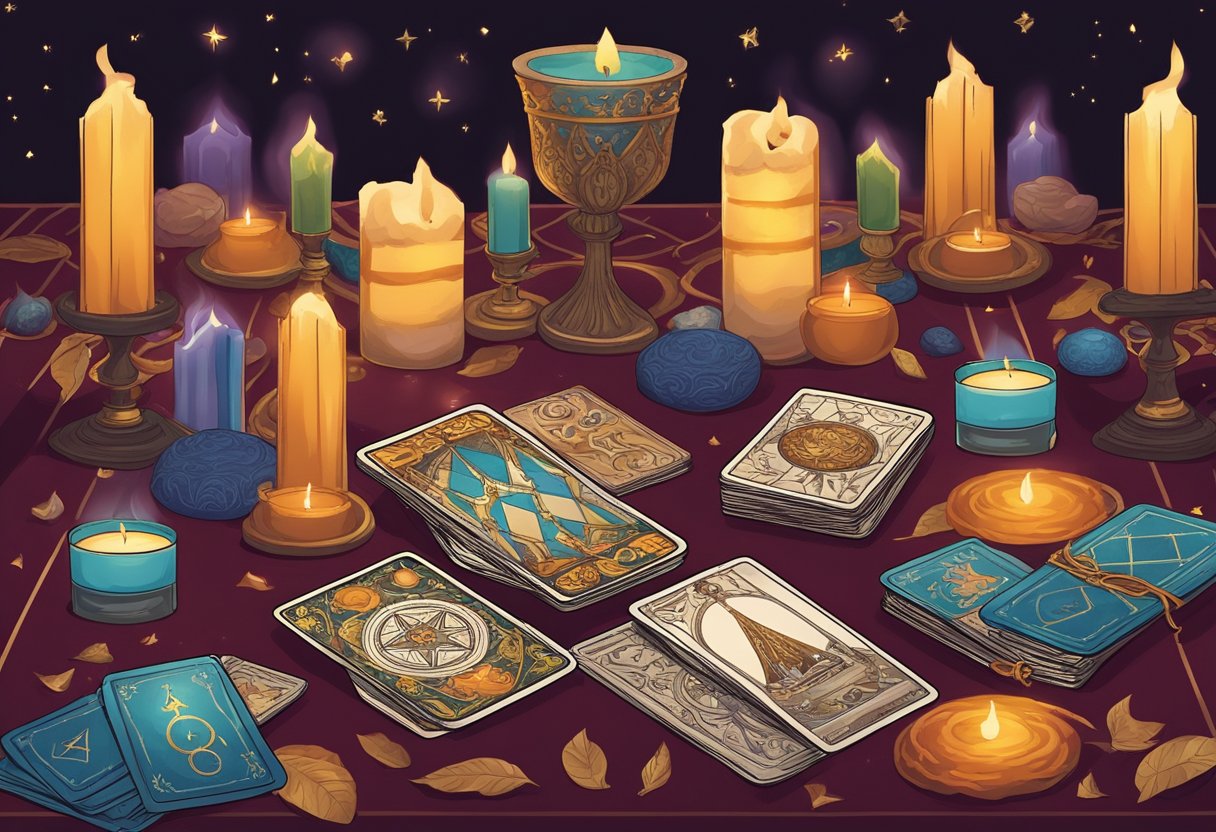
A typical tarot deck consists of 78 cards, each with its own unique symbolism and meaning. The deck is divided into two parts: the Major Arcana and the Minor Arcana. The Major Arcana consists of 22 cards, each representing a major life lesson or theme, while the Minor Arcana consists of 56 cards, divided into four suits (wands, cups, swords, and pentacles), each representing a different aspect of life.
While some people believe that tarot cards have magical powers, others view them simply as a tool for gaining insight and understanding into one’s life. Tarot readings can be done by anyone, regardless of their religious or spiritual beliefs. Whether used for personal growth or as a form of entertainment, tarot cards continue to captivate and intrigue people around the world.
History of Tarot Cards
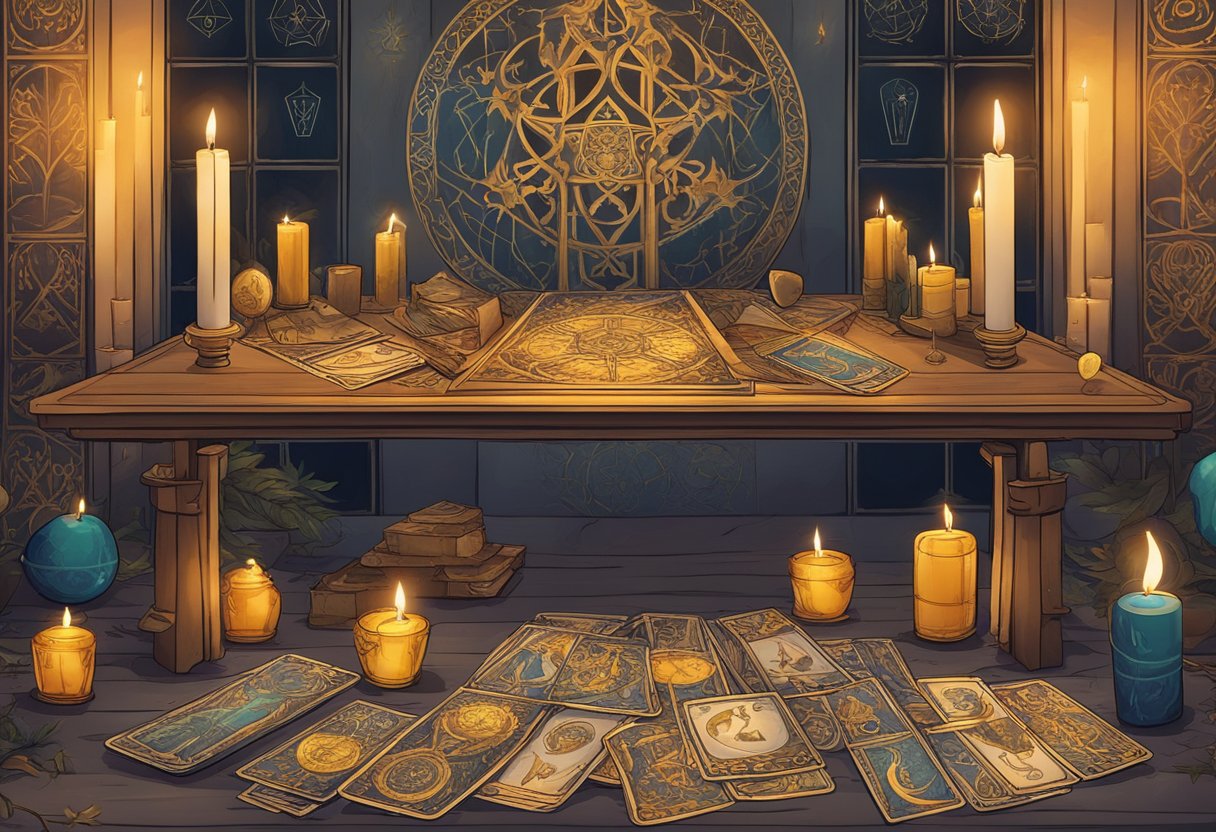
Origins and Evolution
The origins of Tarot Cards are shrouded in mystery, but it is believed that they were first used in Italy during the 15th century. The earliest known Tarot Cards were used as playing cards, and it was not until the 18th century that they began to be used for divination purposes.
The Tarot Card Deck consists of 78 cards, divided into two groups: the Major Arcana (22 cards) and the Minor Arcana (56 cards). The Major Arcana cards depict archetypal figures and symbols, while the Minor Arcana cards represent everyday events and situations.
Over the years, the Tarot Card Deck has evolved, with different artists and designers putting their own spin on the cards. Today, there are countless variations of the Tarot Card Deck, each with its own unique interpretation.
Cultural Significance
The Tarot Card Deck has had a significant impact on popular culture, with many people using it as a tool for divination and self-discovery. It has also been featured in numerous books, movies, and TV shows.
In addition, the Tarot Card Deck has been used as a tool for psychological analysis, with some therapists using the cards to help their clients gain insight into their own thoughts and feelings.
Despite its popularity, the Tarot Card Deck remains a controversial subject, with some people believing that it is nothing more than superstition and others seeing it as a powerful tool for personal growth and spiritual development.
Overall, the history of Tarot Cards is a fascinating one, with the deck evolving over time to become the powerful tool that it is today. Whether you believe in its power or not, there is no denying the impact that the Tarot Card Deck has had on our culture and our understanding of ourselves.
Components of a Tarot Deck
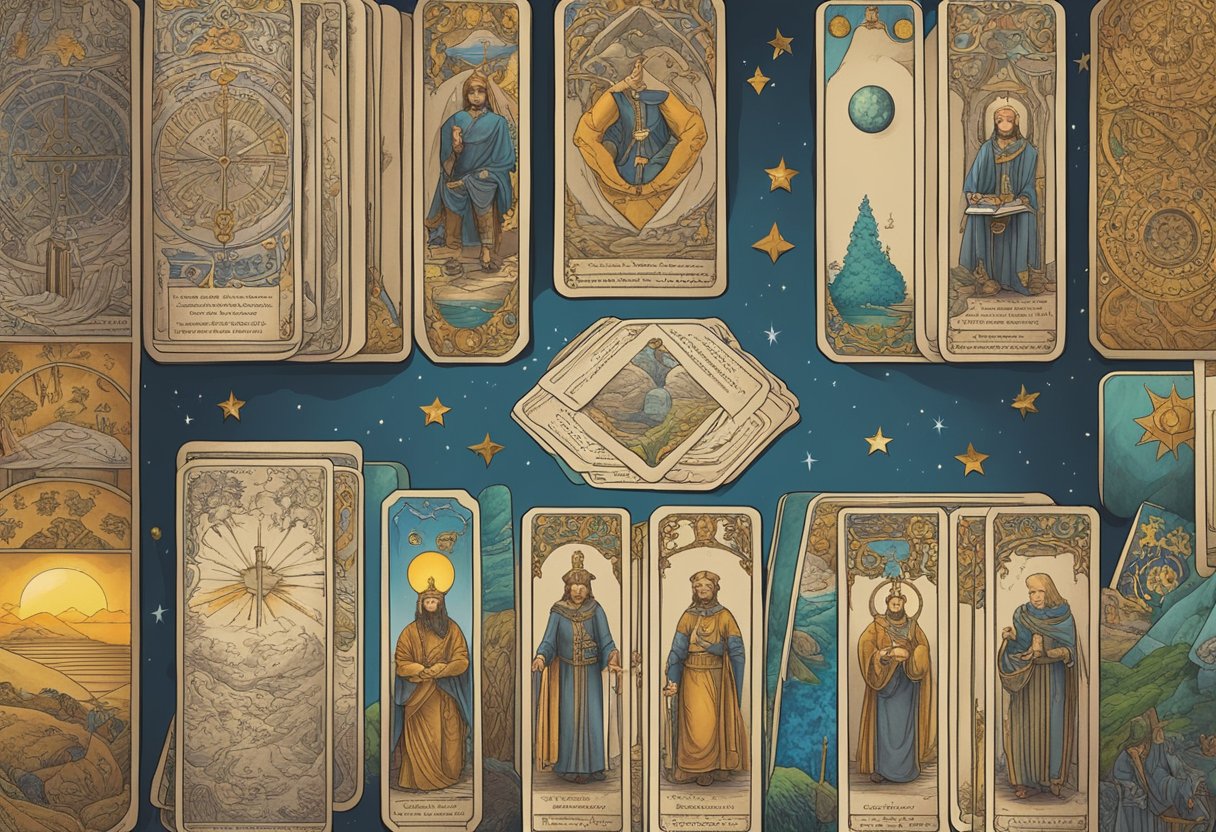
A Tarot deck consists of 78 cards, divided into two main categories: the Major Arcana and the Minor Arcana. Each card in a Tarot deck is unique and contains its own imagery and symbols.
Major Arcana
The Major Arcana consists of 22 cards, each with a unique name and number. These cards represent major life events and archetypal energies that are universal to the human experience. Some of the most well-known cards in the Major Arcana include The Fool, The Magician, The High Priestess, The Empress, The Emperor, The Hierophant, The Lovers, The Chariot, Strength, The Hermit, Wheel of Fortune, Justice, The Hanged Man, Death, Temperance, The Devil, The Tower, The Star, The Moon, The Sun, Judgment, and The World.
Minor Arcana
The Minor Arcana consists of 56 cards, divided into four suits: Cups, Swords, Wands, and Pentacles. Each suit contains 14 cards, numbered Ace through 10, plus four Court Cards: Page, Knight, Queen, and King. These cards represent everyday events and energies that are specific to the individual’s life. The suits correspond to the four elements: Cups (Water), Swords (Air), Wands (Fire), and Pentacles (Earth).
Card Imagery and Symbols
Each card in a Tarot deck contains its own unique imagery and symbols. These symbols can be interpreted in different ways depending on the reader’s intuition and the question being asked. Some common symbols include animals, plants, celestial bodies, geometric shapes, and human figures. The imagery on the cards can also be interpreted through color symbolism and numerology.
Overall, a Tarot deck is a powerful tool for self-discovery and spiritual growth. By understanding the components of a Tarot deck, one can begin to unlock the wisdom and insight that these cards have to offer.
Types of Tarot Decks
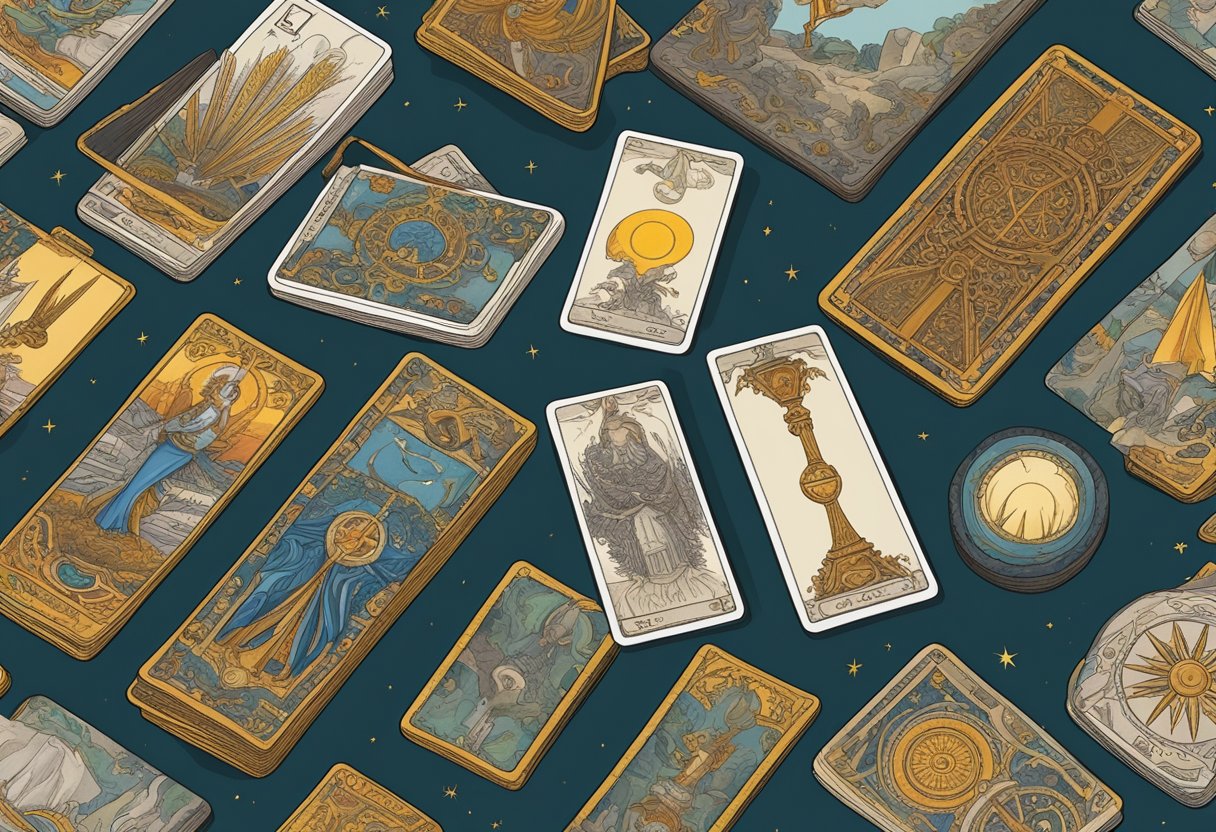
Tarot decks come in a variety of styles and designs, each with its own unique symbolism and interpretation. Here are two main categories of Tarot decks:
Traditional Decks
Traditional Tarot decks are based on the Rider-Waite Tarot, which was first published in 1909. This deck consists of 78 cards, divided into the Major Arcana (22 cards) and the Minor Arcana (56 cards). The Major Arcana cards represent significant life events and challenges, while the Minor Arcana cards represent everyday situations and experiences.
Other traditional Tarot decks include the Marseille Tarot, which originated in France in the 18th century and is known for its simple, elegant designs, and the Visconti-Sforza Tarot, which dates back to the 15th century and features elaborate, detailed artwork.
Modern Variations
In recent years, Tarot deck designers have created a wide range of modern variations, each with its own unique style and interpretation. Some of the most popular modern Tarot decks include:
- The Wild Unknown Tarot, which features simple, minimalist designs and a focus on nature and animals.
- The Modern Witch Tarot, which updates traditional Tarot symbolism with a modern, feminist twist.
- The Thoth Tarot, which was created by Aleister Crowley and features complex, esoteric symbolism and imagery.
Modern Tarot decks often incorporate new themes and concepts, such as pop culture references or spiritual traditions from around the world. They may also include additional cards beyond the traditional 78-card deck, such as extra Major Arcana cards or cards representing different elements or chakras.
Overall, Tarot decks offer a rich and diverse range of options for those interested in exploring the world of divination and self-discovery.
Reading Tarot Cards
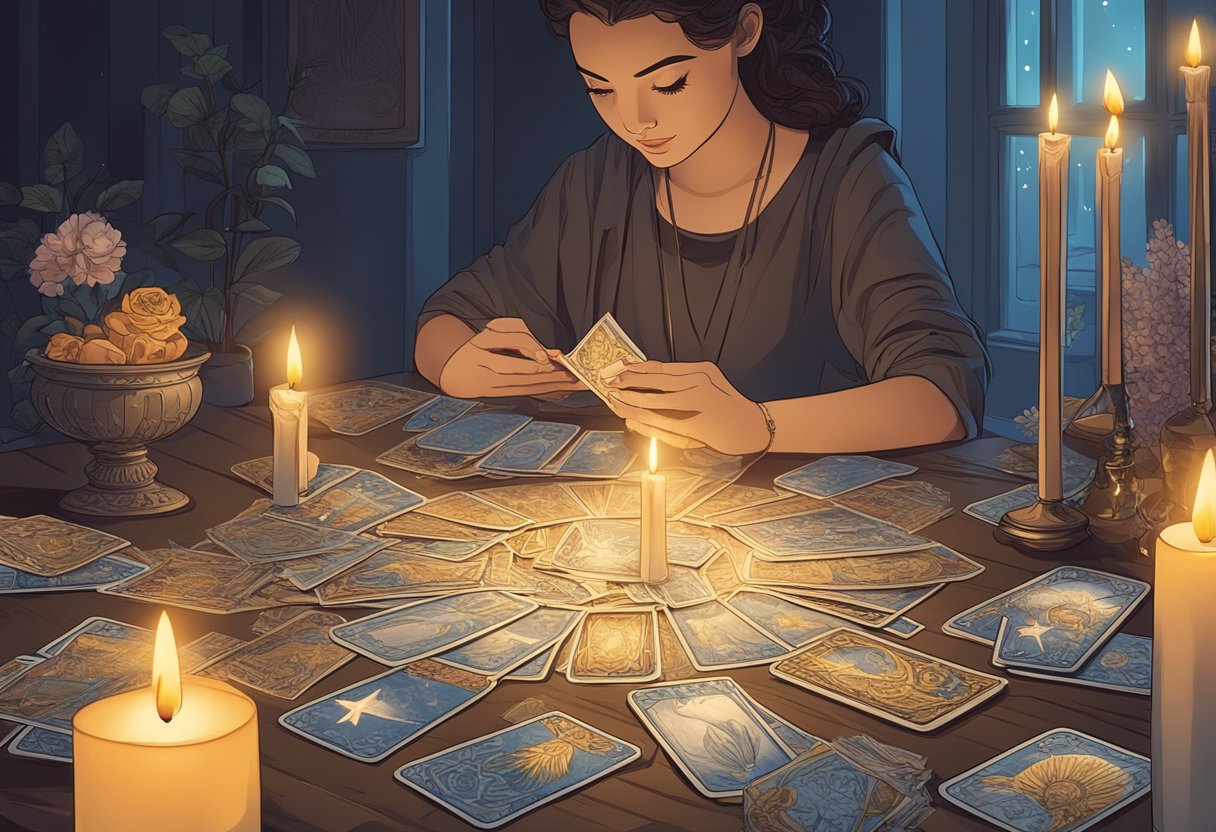
Preparing for a Reading
Before starting a Tarot card reading, it is important to create a calm and focused environment. This can be achieved by lighting candles, burning incense, or playing soft music. The reader should also take a few deep breaths to clear their mind and connect with their intuition.
It is also important to have a clear intention for the reading. The reader should ask themselves what they want to gain from the reading and what questions they want to ask the cards. This will help them to focus their energy and interpret the cards more accurately.
Spreads and Layouts
Tarot card readings often use spreads or layouts to organize the cards and provide context for their interpretation. There are many different spreads to choose from, each with its own unique purpose and meaning.
One popular spread is the Celtic Cross, which consists of ten cards and provides insight into past, present, and future events. Another common spread is the Three-Card Spread, which is used for quick and simple readings.
When selecting a spread, it is important to consider the question being asked and the level of detail desired. More complex spreads may provide more insight, but can also be more difficult to interpret.
Interpreting the Cards
Interpreting Tarot cards requires both knowledge of the individual cards and intuition. Each card has its own unique meaning and symbolism, but the interpretation can also be influenced by the position of the card in the spread and the surrounding cards.
It is important for the reader to trust their intuition and allow the cards to speak for themselves. They should also be aware of their own biases and avoid imposing their own beliefs onto the interpretation.
Overall, Tarot card readings can provide valuable insight and guidance for those seeking answers and direction in their lives. With practice and patience, anyone can learn to read Tarot cards and connect with their intuition.
Using Tarot for Personal Growth
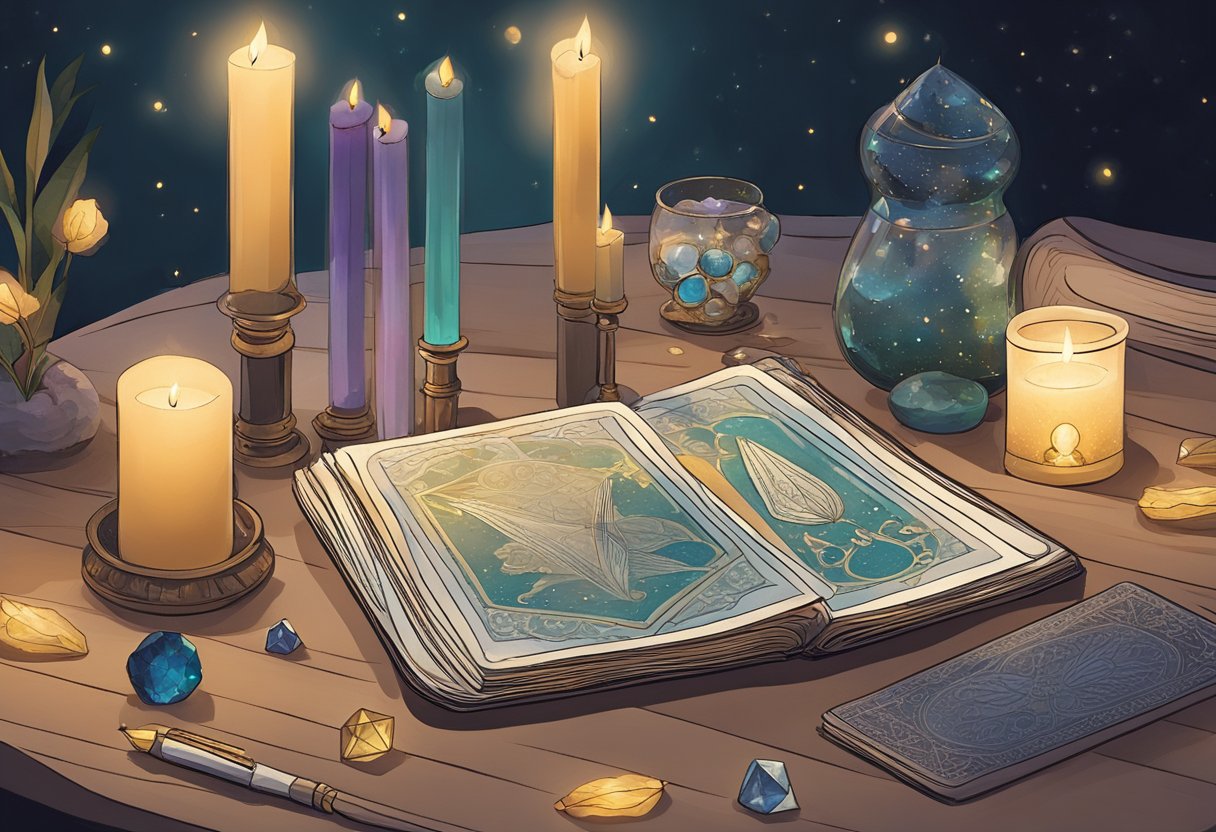
Tarot card decks are often used for divination and fortune-telling, but they can also be a powerful tool for personal growth and self-discovery. By interpreting the symbols and meanings of the cards, individuals can gain insight into their own thoughts, emotions, and behaviors.
Reflection and Meditation
One way to use tarot cards for personal growth is through reflection and meditation. After shuffling the deck, an individual can draw a card and spend time contemplating its meaning and how it relates to their current situation. This can help to bring clarity and understanding to their thoughts and feelings.
Another technique is to use a tarot spread, which is a specific arrangement of cards that can provide guidance on a particular issue or question. By reflecting on the cards and their positions in the spread, individuals can gain deeper insight into their situation and potential solutions.
Decision Making
Tarot cards can also be used as a tool for decision making. When faced with a difficult choice, an individual can draw a card and interpret its meaning in relation to each option. This can help to reveal underlying motivations and potential outcomes, allowing for a more informed decision.
It is important to remember that tarot cards should not be relied upon as the sole source of guidance or decision making. They are simply a tool for self-reflection and exploration, and the ultimate choice and responsibility lies with the individual.
Overall, using tarot cards for personal growth can be a valuable practice for those seeking to better understand themselves and their place in the world. Through reflection, meditation, and decision making, individuals can gain insight and clarity on their thoughts, emotions, and actions.
Tarot in Popular Culture
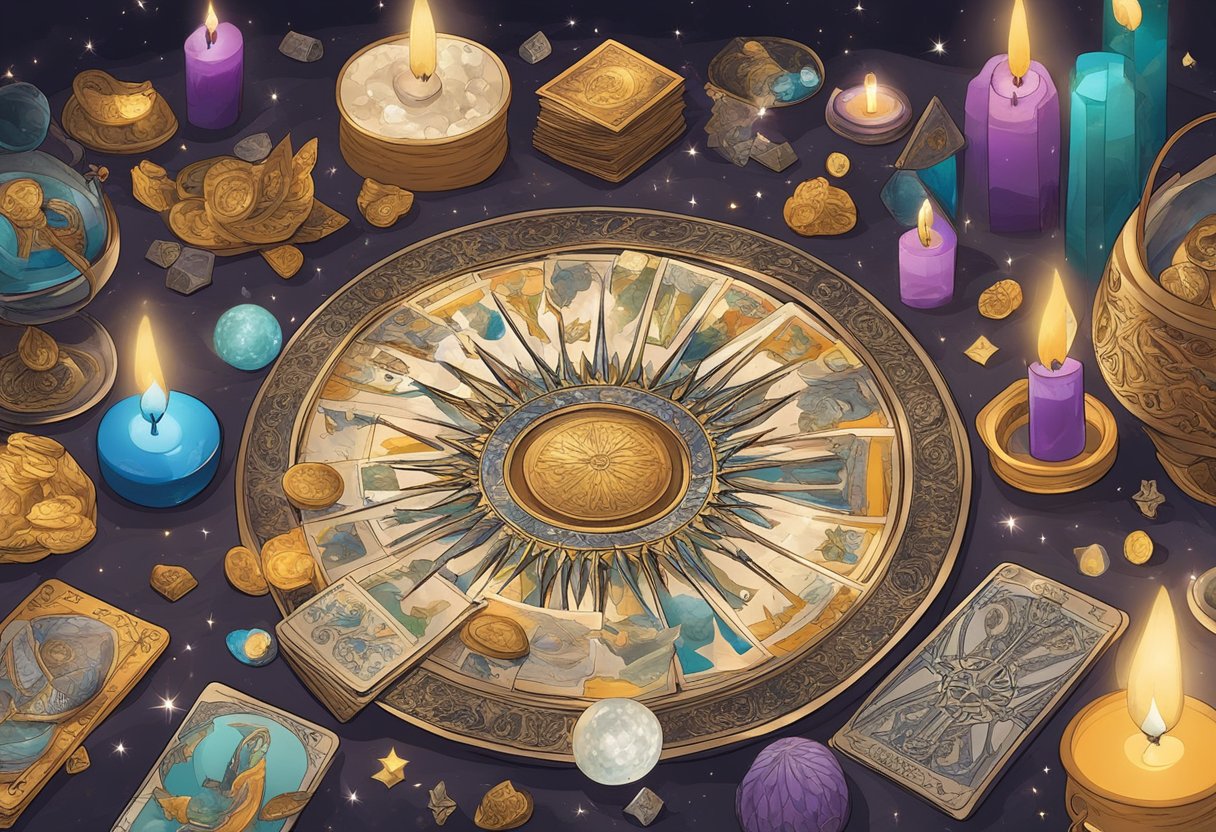
Tarot cards have been a source of fascination for many people over the years, and they have made their way into popular culture in various ways. In this section, we will explore some of the ways that Tarot cards have been used in literature, film, and television.
Tarot in Literature
Tarot cards have been used in literature for centuries, appearing in works of fiction and non-fiction alike. One of the most famous examples is the Rider-Waite Tarot deck, which was created in the early 20th century by Arthur Edward Waite and Pamela Colman Smith. This deck has been used as a source of inspiration for many writers, and it has appeared in numerous works of literature.
Another example is the novel “The Club Dumas” by Arturo Pérez-Reverte, which features a rare edition of a book that contains a set of Tarot cards. The protagonist of the novel, a book dealer named Lucas Corso, becomes embroiled in a mystery surrounding the book and the cards, and the Tarot plays a central role in the plot.
Tarot in Film and Television
Tarot cards have also made their way onto the big and small screens. One of the most famous examples is the film “The Hanged Man” from 1974, which tells the story of a man who gains psychic powers after being hanged and revived. The film features a Tarot card reader who helps the protagonist understand his new abilities.
Another example is the television series “Penny Dreadful”, which aired from 2014 to 2016. The show is set in Victorian London and features a cast of characters that includes a Tarot card reader named Vanessa Ives. The Tarot is used throughout the series as a means of divination and as a source of symbolism.
In conclusion, Tarot cards have had a significant impact on popular culture, appearing in literature, film, and television in various ways. They continue to be a source of fascination for many people, and their use in popular culture is likely to continue for many years to come.
Caring for Your Tarot Deck
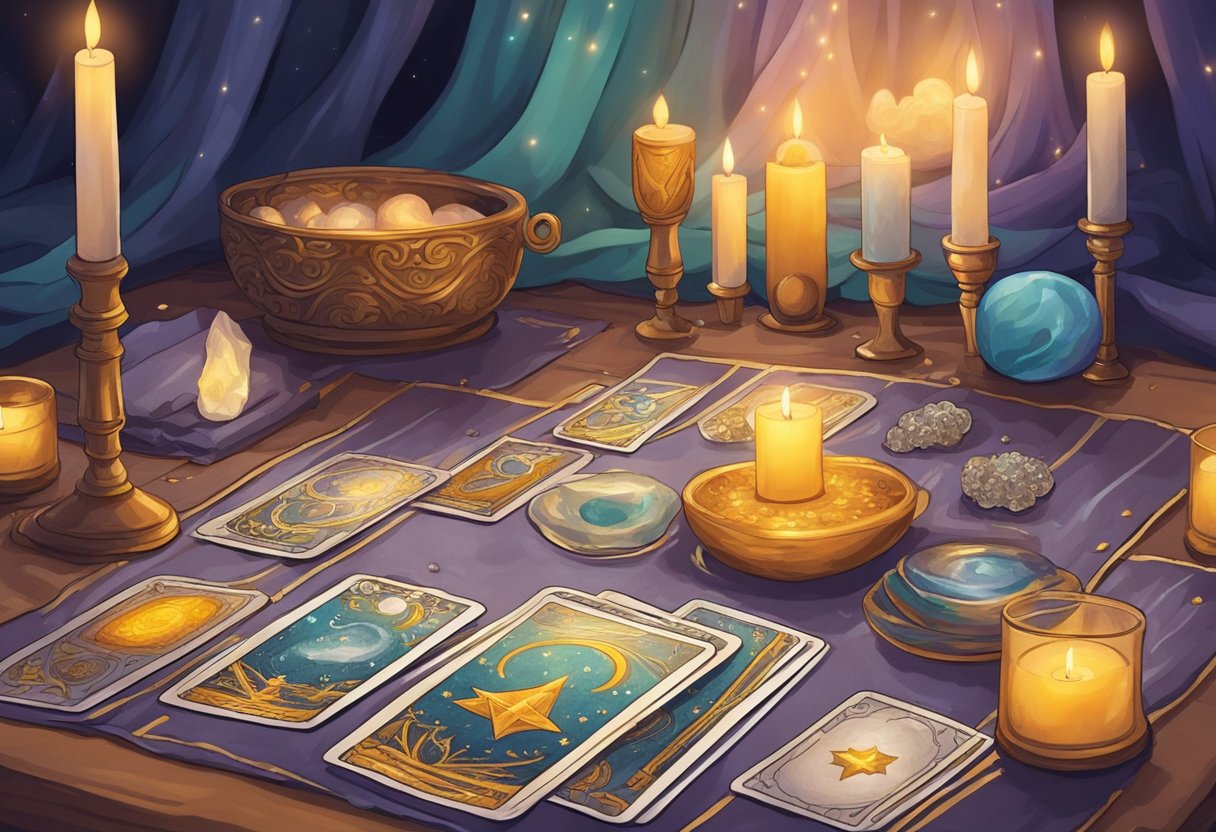
Storage and Handling
Proper storage and handling of your Tarot deck is crucial to ensure its longevity. It is recommended to keep your deck in a protective case or pouch to prevent any damage from external factors such as dust, moisture, or sunlight. Additionally, it is best to store your deck in a cool and dry place away from direct sunlight and extreme temperatures.
When handling your Tarot deck, it is important to be gentle and respectful. Avoid bending or folding the cards, as this can cause irreparable damage. Instead, shuffle the cards by gently mixing them together, being mindful not to bend or crease them in the process.
Cleansing and Charging
Cleansing your Tarot deck is an important practice to remove any negative energy that may have accumulated over time. There are several methods to cleanse your deck, including smudging with sage or palo santo, placing the cards under the light of a full moon, or simply holding them under running water.
Once your deck has been cleansed, it is recommended to charge it with positive energy. This can be done by holding the cards and visualizing them being filled with light and positive energy. Some people also choose to keep a crystal or other object with their deck to enhance its energy.
In summary, caring for your Tarot deck involves proper storage and handling, as well as regular cleansing and charging. By following these practices, you can ensure that your deck remains in good condition and continues to provide accurate and insightful readings.
Ethical Considerations in Tarot Readings
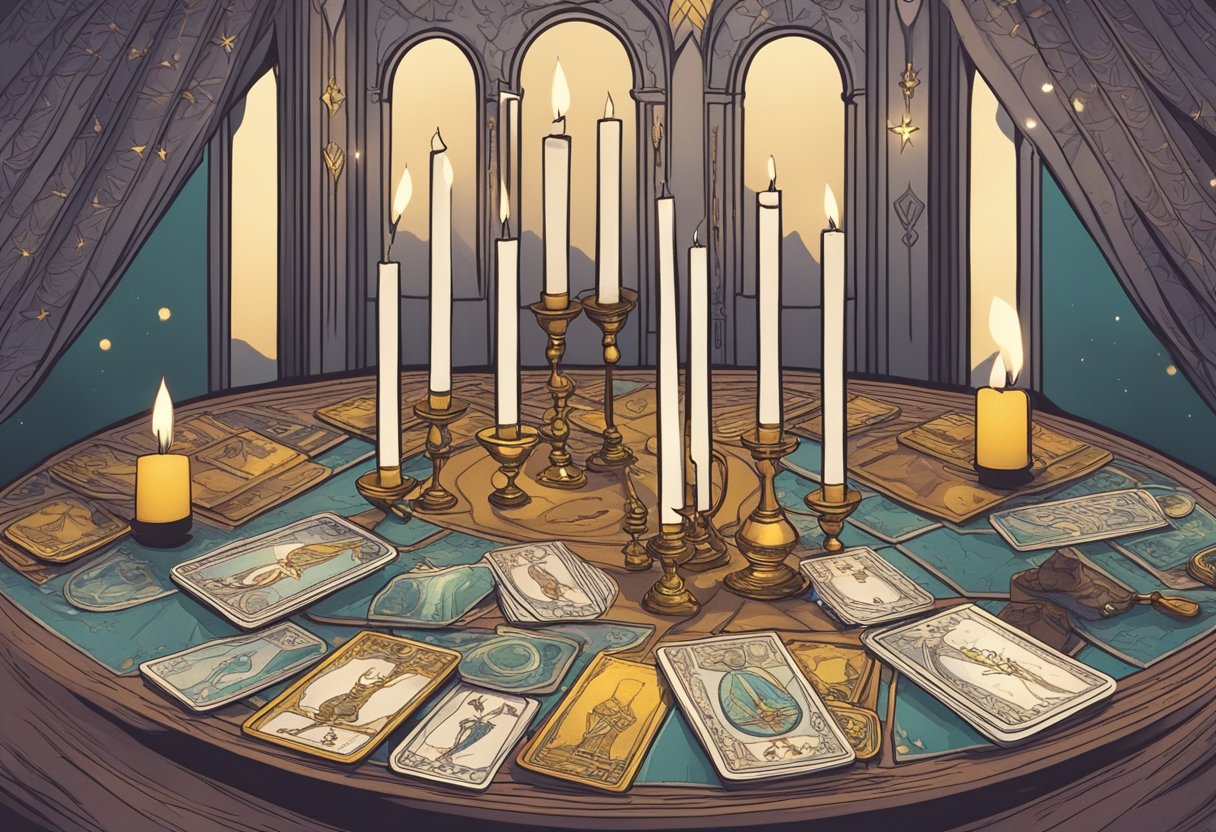
Informed Consent
Informed consent is a crucial ethical consideration in tarot readings. The reader should explain the nature of the tarot reading, the intended outcome, and the potential risks and benefits to the client before the reading begins. The client must be given the opportunity to ask questions and clarify any doubts before they agree to the reading.
It is also important for the reader to inform the client that the tarot reading is not a substitute for professional medical, legal, or financial advice. The client must understand that the reading is for entertainment purposes only, and the information provided should not be used to make important life decisions.
Confidentiality
Confidentiality is another important ethical consideration in tarot readings. The reader must ensure that the client’s personal information remains confidential and is not disclosed to third parties without the client’s consent. The reader should also explain the limits of confidentiality, such as situations where the reader is legally obligated to report certain information.
The reader should also respect the client’s privacy and avoid sharing personal information about the client with others, including other clients. The reader should maintain accurate and secure records of the tarot reading, and ensure that they are stored in a safe and confidential manner.
Overall, ethical considerations are an essential aspect of tarot readings. By ensuring that informed consent is obtained and confidentiality is maintained, the reader can provide a safe and professional tarot reading experience for their clients.
Frequently Asked Questions
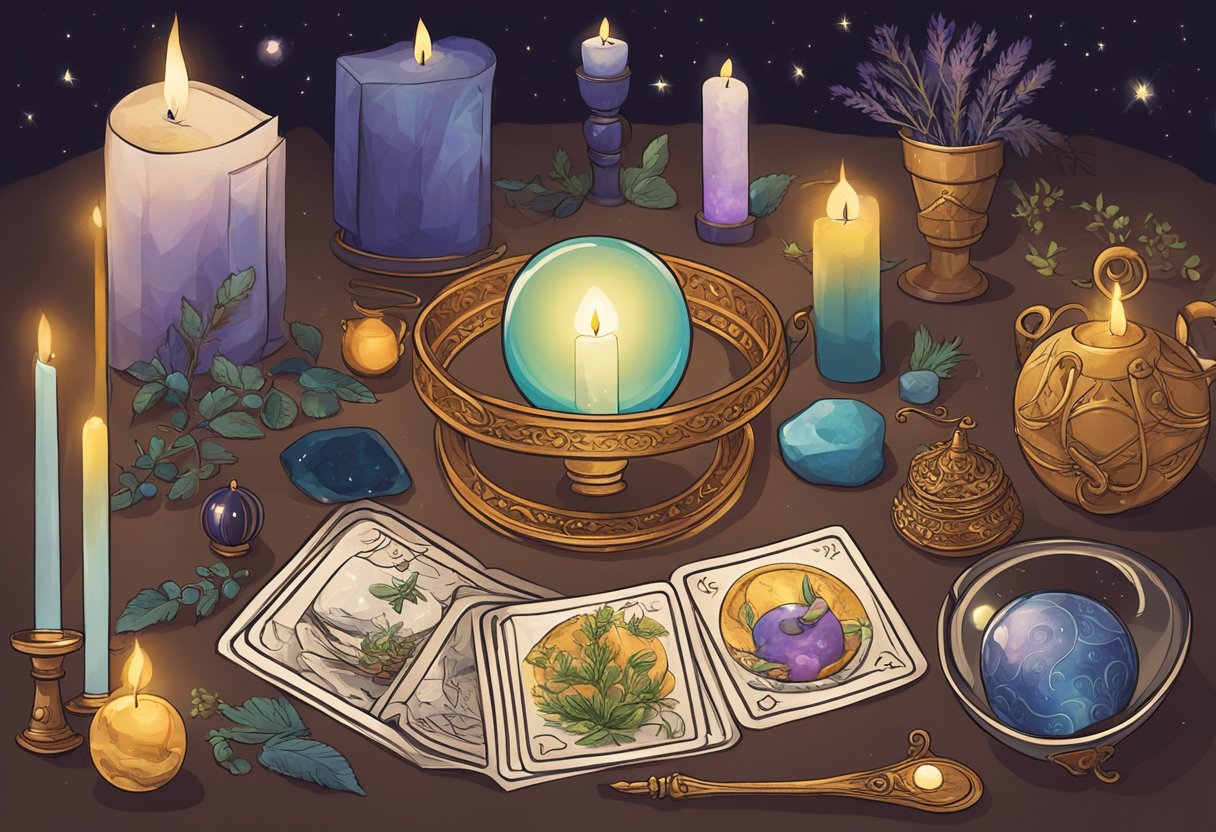
How many cards are typically found in a tarot deck?
A standard tarot deck consists of 78 cards. There are 22 major arcana cards and 56 minor arcana cards. The minor arcana cards are divided into four suits: cups, pentacles, swords, and wands. Each suit has 14 cards, including 10 numbered cards and four court cards (Page, Knight, Queen, and King).
What are the different suits and major arcana cards in a tarot deck?
The major arcana cards are the most significant cards in a tarot deck. They represent major life events, archetypes, and universal themes. The suits in a tarot deck represent different aspects of life. Cups represent emotions and relationships, pentacles represent finances and material possessions, swords represent thoughts and communication, and wands represent creativity and passion.
Can you recommend a tarot deck suitable for beginners?
There are many tarot decks available, and choosing one can be overwhelming for a beginner. The Rider-Waite tarot deck is a popular choice for beginners as it has clear and straightforward imagery. The Universal Waite tarot deck is also a good option as it is a more modern version of the Rider-Waite deck with vibrant colors.
What are the meanings of the cards in a tarot deck?
The meanings of the cards in a tarot deck can vary depending on the reader and the context of the reading. However, each card has a general interpretation based on its symbolism, imagery, and position in the spread. It is essential to remember that tarot readings are not absolute and should be used as a tool for guidance rather than a prediction of the future.
Which tarot deck is considered the most iconic or classic?
The Rider-Waite tarot deck is considered the most iconic and classic tarot deck. It was first published in 1909 and has since become the standard for tarot decks. Many modern tarot decks are based on the Rider-Waite deck and its symbolism.
Where can one find a guide to interpret the symbols on tarot cards?
There are many books and online resources available to help interpret the symbols on tarot cards. One of the most popular books is “The Tarot Handbook” by Angeles Arrien. Many tarot decks also come with a guidebook that explains the symbolism and meanings of each card. It is essential to find a guide that resonates with the reader and their personal interpretation of the cards.
